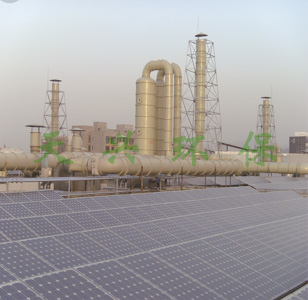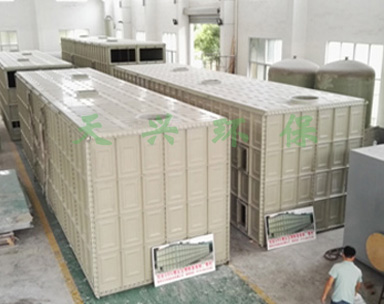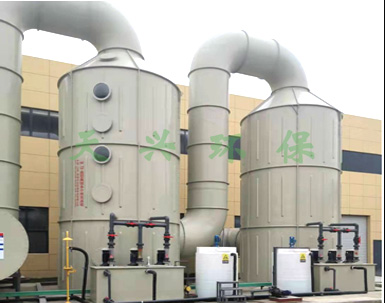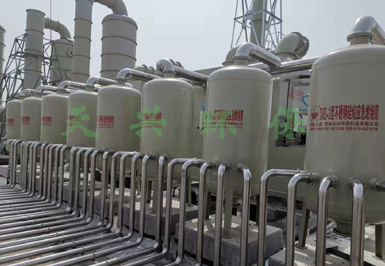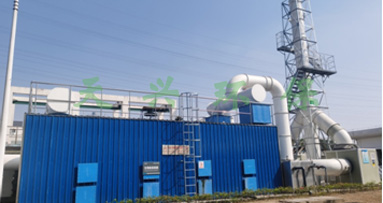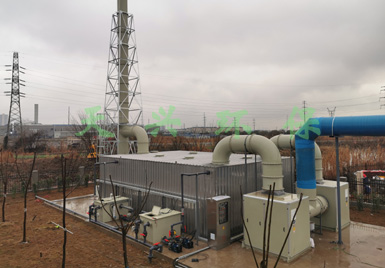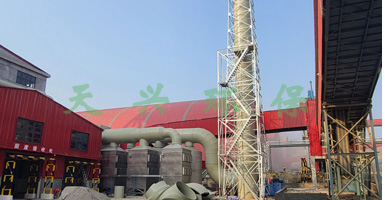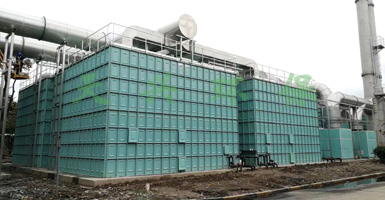With the process of urbanization and economic development, the amount of sewage treatment is increasing, and the sludge produced is also increasing. Sludge is a by-product of sewage treatment. Because the sludge contains a large amount of organic matter, anaerobic fermentation and evaporation under natural conditions will make the surrounding air stink and pollute the atmospheric environment. At the same time, the leachate produced by the sludge will also affect the water environment and indirectly endanger the earth environment, human and other biological health and safety. If it is not reasonably treated and disposed, it will cause serious secondary pollution.
The existing main sludge treatment processes include: 1. Sludge anaerobic fermentation 2. Sludge aerobic composting 3. Sludge incineration and power generation 4. Sludge sanitary landfill 5. Rotary kiln drying 6. Sludge low-temperature drying.
We are mainly engaged in dedusting, desulfurization and denitration of flue gas generated in the process of incineration. The odor generated by anaerobic fermentation, low-temperature drying and other processes shall be treated by acid-base washing and absorption, biological deodorization, photocatalytic oxidation, activated carbon adsorption and other processes to meet the discharge standard.
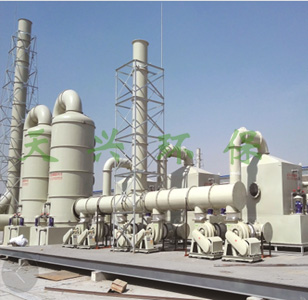
Green link environment

Yangzhou tairun
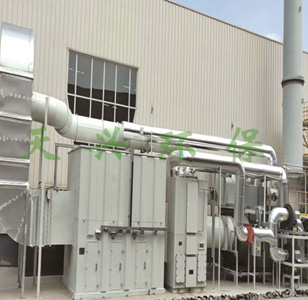
Yangzhou tairun
